Healthcare: The unholy look of Holy Family Hospital
Lack of infectious diseases department causing problems, hygiene, other issues abundant.
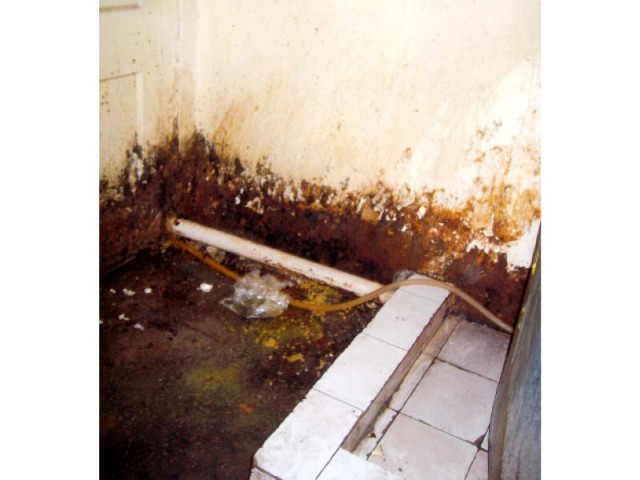
The medical units in Holy Family Hospital have seen better days. PHOTO: SEHRISH WASIF
Services at Rawalpindi’s largest referral public health facility, Holy Family Hospital (HFH), can be dated back to 1948 - the year it was established. In 1977, it also became a teaching hospital by getting affiliated with Rawalpindi Medical College.
Like all public institutes in Pakistan, HFH has had it fair share of highs till now, and although a vast improvement in terms of healthcare services and hygiene are noticeable compared to the last few years, there is still much room left for improvement.
Shortage of beds, staff and medicines
The 864-bed hospital has 12 operational departments including two medical units, two surgical units, a gynaecology ward, departments of paediatrics, ophthalmology, ear nose throat (ENT), dental, physiotherapy, gastroenterology, and a burn care unit. With a huge influx of patients, it has become difficult for its administration to meet the daily beds, staff and medicines requirement in these departments.
“Over 2,000 patients visit these departments every day, making provision of all the necessary medicines to them difficult on the limited budget. Only essential medicines are available around the clock at the emergency ward, which alone receives over 1,000 patients daily,” informed HFH Medical Superintendent Dr Arshad Ali.
A walk through the various wards is enough to make one wonder about the sorry state of affairs here. Two to three patients share a single bed, most noticeably in the medical and gynaecology wards. The doctors, it seems, are so busy in quickly patching people up that they have forgotten about contagious diseases.
In a facility that has around 300 registered doctors and 219 sanctioned posts for nurses — 17 of which are vacant— the mystery of staff shortage was solved for The Express Tribune by few of the senior doctors who wished to remain anonymous.
According to their startling revelations, the female staffers constituted the largest chunk of employees but were also the most inconsistent all-round. Most of them were either quitting their jobs after getting married or after having kids. Their male colleagues meanwhile were slacking during their shifts to save energy for their private practices — something that pays significantly more.
“Most senior doctors are also reluctant to work here and are going abroad in pursuit of better careers,” said one of the doctors.
Climate control
In the absence of a central air-conditioning system, split units are used in individual rooms which lead to hefty electricity bills in the summer, while winter sees an increased usage of electric and gas heaters in the hospital.
Burn unit
The hospital’s basement is home to an eight-bed burn unit which lacks a ventilator. If a burn victim is lucky enough, he might find one available at the surgical intensive care unit. Otherwise, he is at the mercy of fate. To add to that, on rainy days the unit gets flooded with pools of dirty water.
“It’s not rainwater that accumulates in the unit, but overflowing sewage that fails to drain out during rains. We have to keep dousing the room with air freshener just to get rid of the smell,” said a burn unit staffer.
With the paint on the walls turned to powder by water seepage and cobwebs covering its corners, the physical rehabilitation training centre, mortuary and post-mortem departments — all under one roof, give the looks of a hall designed by Frankenstein.
Required facilities
For now, the hospital does not have a special wing to deal with infectious disease, which makes it very difficult to handle patients with measles, dengue fever or Congo virus, for whom doctors and medical staff are called from other departments.
The hospital also requires a paediatric surgery unit while the upkeep of the dialysis unit — some of which are out-of-order — has also become crucial.
The lack of a CT scanner and MRI machines also lead to poor patients paying hefty sums to get these tests done at private laboratories.
HFH Medical Superintendent Dr Arshad Ali said the Punjab government is making an all out efforts to overcome the shortcomings and ensure availability of better healthcare services.
Meanwhile, if ever there is a need to call HFH’s ambulance in emergencies, call Edhi centre instead. The five old ambulances here are might not be able to reach on time because the two main gates of the hospital usually remain blocked by roadside vendors and other encroachments.
Published in The Express Tribune, December 3rd, 2013.


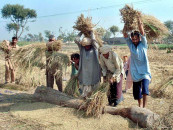
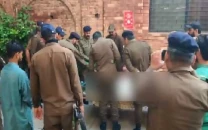
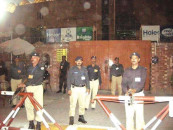

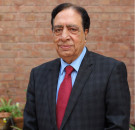




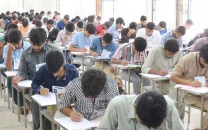
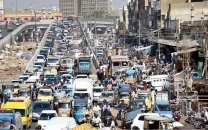






COMMENTS
Comments are moderated and generally will be posted if they are on-topic and not abusive.
For more information, please see our Comments FAQ